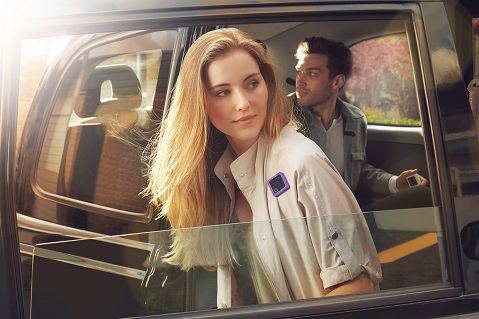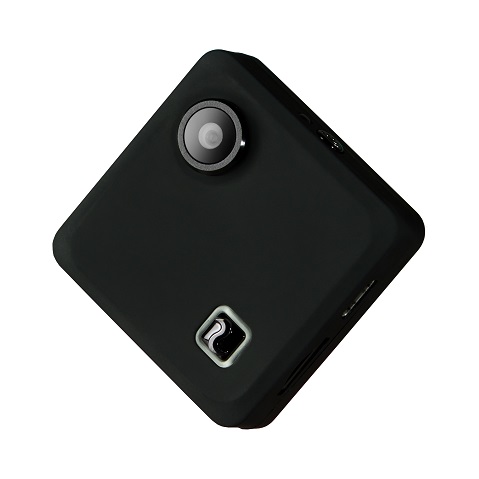Strategy July 25, 2016
Wearable Cameras Help Document Life’s Moments

Every breath you take, every move you make, lifelogger technology is watching you, recording photos and video, tracking your sleep and health data. It sounds like a creepy Big Brother reimagining of the classic Police tune, but many tech junkies say they’ve gathered meaningful data on their habits through the act of lifelogging. Author and researcher Stephen Wolfram, for example, crunched years of data of his work habits to figure out the trends in his professional life. Lifelogging, he says, “is an adjunct to my personal memory,” adding that doing an “automatic computational history” helps him explain “how and why things happened” in his life.
One of the tools lifeloggers use to help them on their personal archiving missions is the wearable camera. The Compass, from Drift Innovations, for example, weighs just 1 ounce and clips onto clothing, helping the wearer to unobtrusively record moments in her day. “Compass captures your day without interrupting it, so you can stay on the move without stopping for selfies,” according to Drift’s website. The $130 camera can shoot continuously up to two hours of 1080p video and record timelapse video up to 50 days on a single charge. Paired with the free Drift Life app, users can livestream amateur sporting events, weddings, music festivals, conferences and more.

The Compass from Drift Innovations weighs just 1 ounce and clips to the wearer's clothing.
The Narrative Clip 2, another wearable camera, snaps photos every 30 seconds, and organizes them into the best moments, which can be searched and shared via an app on your smartphone, tablet or desktop. “It’s automatic, capturing your life as you live it,” says Oskar Kalmaru, co-founder of Narrative. “Just clip it on and enjoy your moments.” More than 30,000 of this latest iteration of Narrative’s product have been shipped so far, so clearly people are buying into the company’s premise.
Many experts, however, have raised privacy concerns related to wearable cameras, since the devices will inevitably capture images of bystanders who haven’t given permission to be photographed. “People don’t yet recognize this as being a recording device,” Electronic Frontier Foundation staff attorney David Greene told the San Francisco Chronicle. “It’s hard to say there’s never a possibility of invading someone’s privacy in a public space.”
Kalmaru argues that people have the right to document their lives the way they see fit. “Most users pick and choose an interesting time to wear it: When you’re out with your kids in the park or having dinner with friends or having dinner with your wife, those special times when you also want to be in the moment,” he tells the Chronicle.
